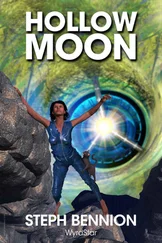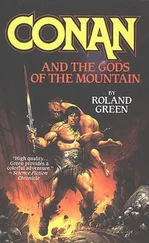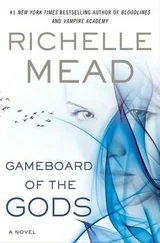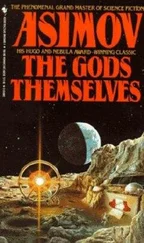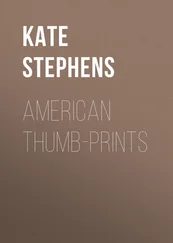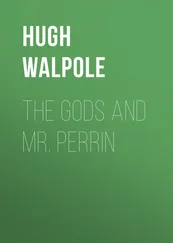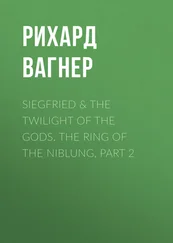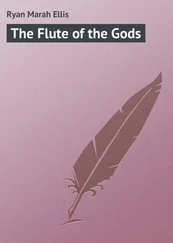Rows of chairs filled the floor. Bellona was surprised to see that nearly every one of the sixty or so seats was taken. The dim orange glow from the telepathy transmitters above the pews did little to dispel the dark, but it was clear that amongst the congregation the old were outnumbered by the young; most of whom, like Bellona, new converts to the faith.
A latecomer took the seat next to her. Selene, the girl at school who had first invited Bellona to the church, looked darkly mysterious with her clingy long black dress, ghostly pale skin and garland of artificial grey flowers adorning her long purple hair. As usual, Bellona felt fat and frumpy in her faded school flight suit, sitting alongside her slim and effortlessly-cool classmate, but the smile she gave Selene was that of a grateful friend.
At the top of the hall, a tall and muscular young man walked onto the stage. An old bingo machine had been draped with yet another banner to become a makeshift lectern. Bellona had yet to be formally introduced to Captain Nyx, who by day was a police officer in Newbrum and the youngest ever assigned his own ship. Nyx habitually wore a long black cape in a style popular amongst Dhusarians, along with neo-Victorian garb inspired by the vampire romances currently enjoying yet another revival on holovid. He had the same pallid complexion as Selene, with slicked jet-black hair and eyes concealed by the dark lenses of the latest enhanced-reality shades. The custom amongst star-faring settlers of naming children after figures from mythology was well-established, yet the rumour was Nyx had made the decision himself to adopt the name of the Greek personification of the night.
The man took hold of the lectern and savoured the hush of anticipation.
“There are no gods but the greys!” he proclaimed, in a voice surprisingly rich for one so young. “Praise be the ancient guardians of the stars! They are the noble teachers who have given us a glimpse of their wisdom through the writings of the Isa-Sastra !”
Bellona leant forward, eager to catch every syllable. In her hand was her own copy of the fabled Book of the Greys; unlike the holographic versions most had on their slates, hers was an old-fashioned tome of bound paper pages with a worn grey cover. It had belonged to Fenris, a man who once worked for the priest Taranis himself. Bellona had come across the text after Fenris’ death and kept it secret, for somehow it made her feel special, as if the book’s unique providence had the power to elevate her above others.
“The Dhusarian Church is the light in the black!” announced Nyx. “It is written that the greys, the mighty galactic travellers of infinite insight, will one day return to lead the twelve kingdoms of humankind. That time is near!”
“Praise the greys!” cried the congregation, all except Bellona who missed the cue.
“Tonight, we are truly honoured,” Nyx continued. “Our pleas to the Third Temple of Yuanshi have been answered. This is the day the Dhusarian Church of Ascension welcomes our planetary guides, our teachers, our saviours!”
“Praise the greys!”
Bellona gasped as two figures stepped from the shadows and approached the centre of the stage. Both wore long grey cloaks, with hoods that masked their faces. Nyx stood to one side and bowed deferentially. The monks stepped up to the lectern and with hidden stares regarded the eager faces of their congregation.
“The power of the greys!” cried Bellona with the others. “In your head be it!”
The monks lifted their hands in triumphant six-fingered salutes.
“zz-aand-bee-iit-iin-yyoouurs-zz!” they screeched.
Chapter Three
Tomb of the ancients
GOVANNON ‘ABERYSTWYTH’ JONES, head of exoarchaeology at Bradbury Heights University, stood and watched as a second laser-mapper drone swooped through the confines of the dome to join the one already hovering over the end of the trench. Deep in thought, his left hand idly flipped his trowel like a one-handed juggler, leaving his right free to idly scratch his stubbly chin and push up the rim of his battered wide-brimmed hat. The heat beneath the low-roofed dome was stifling, he had not taken a shower all week due to water rationing, their last supply trip brought rats to the site and outside there was nothing but desolate desert as far as the eye could see, but none of that mattered. Today was a good day to be an archaeologist.
“Hestia!” he called, addressing the pink-haired stocky student who knelt with her back to him in the nearby pit. She was doing her best to brush away the layer of fine red sand that seemed to come back as soon as it was cleared. “That’s enough for now.”
The girl turned and nodded at the sound of his sing-song tones. Abandoning her task, she made for the ladder at the edge of the trench, raising a fresh cloud of dust with her feet. The original five-metre square pit had this morning been lengthened another couple of metres towards the northern edge of the dome. The desert sand was so fine it had to be kept at bay by an ugly system of poles, wires and plastic panels. Hestia had done well to tidy the mess left by the automatic excavators and Govannon regarded the trench with a keen eye.
In the centre of the three-metre deep pit was the dark, mysterious feature recorded in the site report simply as ‘the arch’, a name that barely did it justice. The graceful curving structure stood at the end of two parallel walls, the latter a metre and a half apart and sloping up from the south, all made of the same neat bricks of volcanic-like glass. To the shabbily-dressed archaeologist it was the stuff of dreams, for this wall was twelve light years from Wales and considerably older than the legacy King Offa had left behind to tantalise him as a child. Thermoluminescence dating across the site confirmed the same thing; whatever it was that had created the strange silicon bricks had done so a hundred thousand years before humans had even considered stepping foot on Falsafah.
The latest extension to the trench only served to reveal another layer of mystery to the enigma. As Govannon returned to scratching his chin, he looked not at the arch but beyond. Careful excavation had uncovered an adjoining triangular-topped mass, corresponding exactly to the ghostly desert shadows of an earlier survey. It was the southernmost spur of a perfectly-symmetrical six-pointed star, built of the same bricks seen elsewhere, one that the geophysical study showed extended northwards beneath the sand maybe sixty metres or more.
“What do you think it is, Doctor Jones?” asked Hestia, coming to his side. Her choppy hairstyle was now streaked with blue, transformed by bioelectric fibre-optic extensions woven into her own mousy tresses. “The entrance to an alien temple?”
“There’s no such thing as aliens!” muttered Govannon, irritably.
“The Dhusarian Church uses a six-pointed star as its symbol,” Hestia pointed out.
“So does Judaism. The work of alien rabbis, is it?”
“It must be alien!” she protested. “You said it was too old to be built by humans.”
“It could be a natural phenomenon,” he suggested weakly. “An outcrop of volcanic magma. One that somehow crystallised into a regular shape, see?”
“With a door?”
Govannon looked to where Hestia pointed. The arch was sealed by a recessed wall of silicon blocks, which at a glance could be taken for bricked-up door into the triangular spur. Despite the early discovery of a strange script carved on the nearby wall, Govannon stoically maintained that the arch was nothing more than the remains of an unusually-regular volcanic vent, yet the hard evidence of what had already been coined the ‘star chamber’ severely shook his resolve. He had spent his academic life exposing the sensationalists of the archaeological world who saw evidence of aliens in almost every ancient ruin, for he had long ago become convinced that humankind was alone in the universe. Here in the Arallu Wastes he had found enough evidence to destroy a lifetime of arguments. With a sigh, he turned his gaze towards the waiting laser-mapper machines.
Читать дальше

